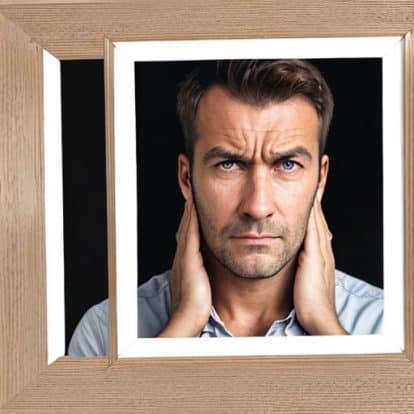
In the preliminary injunction proceedings, a “specialist publisher” (more on the “specialist publisher” and the “coaching” company behind it here) was prohibited from distributing and making publicly accessible a manipulated image of a management consultant. The case concerned the publication of a photo in an article in which the person depicted was not classified as a person of contemporary history.
Legal classification: Right to one’s own image and person of contemporary history
The proceedings are based on Sections §§ 22 and 23 of the German Art Copyright Act (KUG), which regulate the right to one’s own image. Accordingly, images may only be distributed and publicly displayed with the consent of the person depicted. An exception to this is the publication of portraits from the field of contemporary history (§ 23 Abs. 1 Nr. 1 KUG), provided there is no legitimate interest of the person depicted to the contrary.
In its decision, the Higher Regional Court of Frankfurt am Main clarified that the applicant in this case was not to be classified as a person of contemporary history. Such a classification would be given if the person in question is of public interest due to their position in public life or their participation in current events. However, the mere fact that they are mentioned in an article is not sufficient to qualify them as a person of contemporary history.
Accompanying text can make image publication inadmissible
It is true that the information content of a picture report is to be seen in its overall context and thus also in consideration of the content of the accompanying word report. However, the verbal report accompanying the photo was covered by a prohibition order issued by the regional court on 7.12.2022 to no. 2-03 371/22 (see our article here), so that no text content remained that could be taken into account and to which a permissible illustration could be added.
Consequences of the decision: Strengthening the right to privacy and the right to one’s own image
The decision of the Higher Regional Court of Frankfurt am Main strengthens the right to privacy and the right to one’s own image by requiring careful consideration of the interests involved in such cases. In this context, media and other publication platforms must take particular care to ensure that they obtain the consent of the person depicted when disseminating photos and images or ensure that an exception pursuant to Section § 23 KUG applies.
Conclusion
The decision of the Higher Regional Court of Frankfurt am Main underlines the importance of personal rights and the right to one’s own image in today’s information society. Journalists, photographers and media companies are required to carefully weigh up whether it is permissible to publish images without the consent of the person depicted. In doing so, they should always check whether the person depicted is a person of contemporary history or whether other exceptions apply in order to avoid undesirable legal consequences. It should always be noted that the accompanying reporting also has an influence on the legality of the images used.
(Disclosure: LHR represented the applicant).
